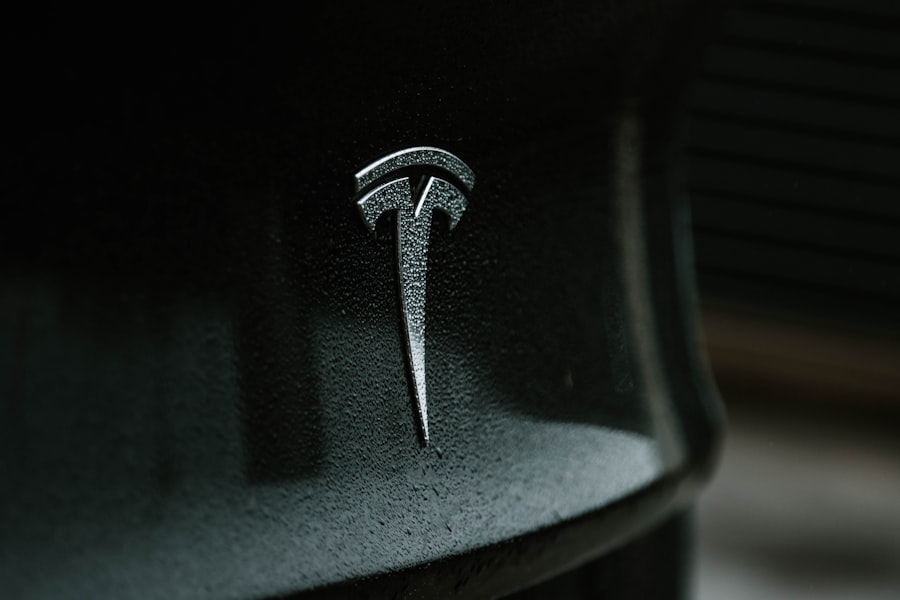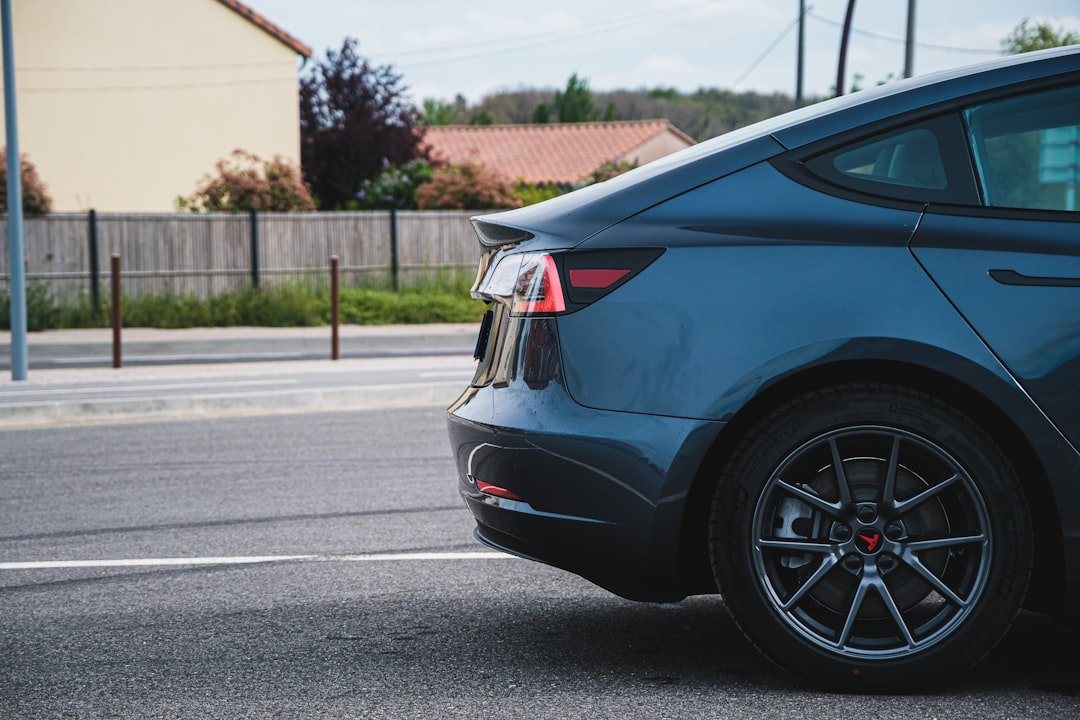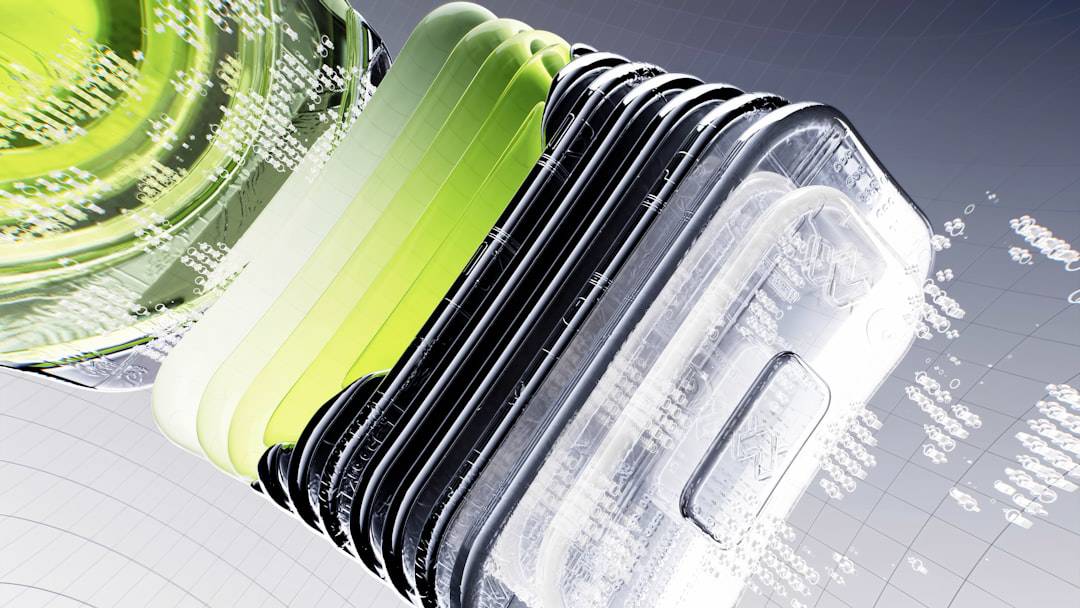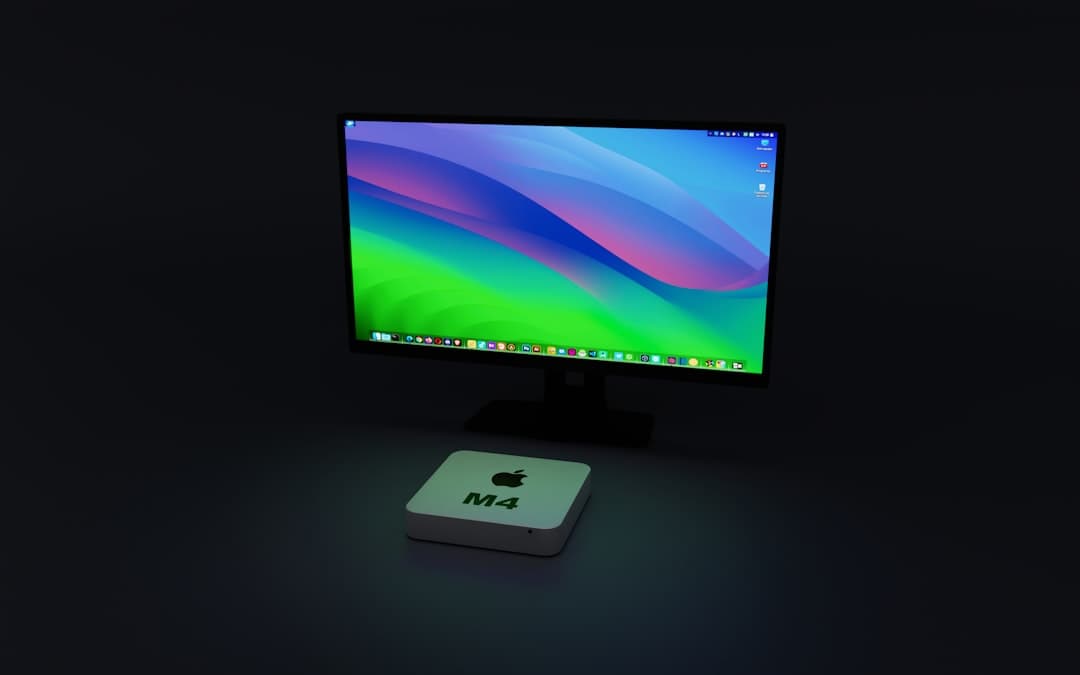This technology is emblematic of Tesla’s broader mission to accelerate the world’s transition to sustainable energy, showcasing how electric vehicles can integrate cutting-edge software to enhance safety and convenience.
By leveraging a suite of sensors, cameras, and advanced algorithms, the system
One of the most compelling aspects of Tesla Autopilot is its focus on safety. The system is designed with multiple layers of safety features that aim to minimize the risk of accidents. For instance, Autopilot includes features such as Traffic-Aware Cruise Control, which adjusts the vehicle’s speed based on surrounding traffic conditions.
This feature allows for smoother driving experiences in congested areas, reducing the likelihood of rear-end collisions. Additionally, the Lane Keeping Assist function helps maintain the vehicle’s position within its lane, further enhancing safety during highway driving. Moreover, Tesla’s commitment to safety extends beyond just the Autopilot system itself.
The company has invested heavily in crash avoidance technologies and has conducted extensive research to understand how its vehicles perform in real-world scenarios. Data collected from millions of miles driven by Tesla vehicles equipped with Autopilot has been instrumental in refining safety protocols and improving overall vehicle performance. This data-driven approach not only bolsters consumer confidence but also positions Tesla as a leader in automotive safety innovation.
Limitations and Challenges of Tesla Autopilot
| Limitations and Challenges of Tesla Autopilot |
| 1. Limited in certain driving conditions such as heavy rain or snow |
| 2. Requires driver to remain attentive and ready to take control at all times |
| 3. Vulnerable to misinterpretation of road markings and signs |
| 4. Not fully autonomous and may not handle all situations perfectly |
| 5. Can be confused by unexpected road obstacles or construction zones |
Despite its impressive capabilities, Tesla Autopilot is not without limitations and challenges. One significant concern is that many users may overestimate the system’s capabilities, leading to complacency while driving. While Autopilot can handle many driving tasks, it is not fully autonomous; drivers are still required to remain attentive and ready to take control at any moment.
This misunderstanding can result in dangerous situations if drivers become too reliant on the technology. Additionally, there are technical limitations inherent in the system itself. For example, adverse weather conditions such as heavy rain or snow can impair sensor performance, leading to reduced functionality or even temporary disengagement of Autopilot features.
Furthermore, complex urban environments with unpredictable traffic patterns can pose challenges for the system’s algorithms. As Tesla continues to refine its technology, addressing these limitations will be crucial for ensuring that Autopilot can operate safely and effectively in a wider range of conditions.
Regulatory and Legal Considerations for Tesla Autopilot
The rise of semi-autonomous driving systems like Tesla Autopilot has prompted significant regulatory scrutiny and legal considerations. Governments around the world are grappling with how to classify these technologies and what regulations should govern their use. In many jurisdictions, existing traffic laws were not designed with autonomous vehicles in mind, leading to ambiguity regarding liability in the event of an accident involving an autonomous system.
Moreover, as Tesla expands its Autopilot capabilities, it faces pressure from regulatory bodies to ensure that safety standards are met and that consumers are adequately informed about the limitations of the technology. The National Highway Traffic Safety Administration (NHTSA) in the United States has been particularly vigilant in monitoring incidents involving Tesla vehicles operating under Autopilot. As regulations evolve, it will be essential for Tesla to navigate this landscape carefully while continuing to innovate and push the boundaries of what is possible in automotive technology.
User Experience and Feedback on Tesla Autopilot

User experience plays a pivotal role in shaping public perception of Tesla Autopilot. Many drivers report a sense of empowerment when using the system, appreciating how it alleviates some of the stress associated with long commutes or heavy traffic situations. The convenience offered by features like Navigate on Autopilot—where the vehicle can autonomously navigate highway interchanges and exits—has been particularly well-received by users who value efficiency.
However, feedback is not universally positive. Some users have expressed concerns about the system’s occasional misinterpretation of road conditions or its handling of complex traffic scenarios. Instances where Autopilot may fail to recognize certain obstacles or make unexpected maneuvers have led to frustration among some drivers.
This mixed feedback highlights the importance of continuous improvement and user education regarding the capabilities and limitations of the technology.
Future Developments and Improvements for Tesla Autopilot
Looking ahead, Tesla has ambitious plans for further developing its Autopilot system. The company aims to achieve full autonomy through its Full Self-Driving (FSD) package, which promises even greater capabilities than those currently available with standard Autopilot features. With ongoing advancements in AI and machine learning, Tesla envisions a future where vehicles can navigate complex urban environments without human intervention.
To realize this vision, Tesla is investing heavily in data collection and analysis from its fleet of vehicles. By leveraging real-world driving data, the company can refine its algorithms and improve decision-making processes for autonomous driving scenarios. Additionally, collaborations with regulatory bodies will be essential in establishing guidelines that support safe deployment of fully autonomous vehicles on public roads.
As these developments unfold, they will undoubtedly shape the future landscape of transportation.
The Impact of Tesla Autopilot on the Future of Driving
In conclusion, Tesla Autopilot stands at the forefront of a transformative era in automotive technology. By integrating advanced AI with practical driving applications, it has redefined what is possible in terms of vehicle automation and driver assistance. While there are challenges to overcome—ranging from technical limitations to regulatory hurdles—the potential benefits are immense.
As we move toward a future where autonomous vehicles become increasingly prevalent, systems like Tesla Autopilot will play a crucial role in shaping our transportation landscape. The impact of Tesla Autopilot extends beyond individual convenience; it raises important questions about safety, liability, and the very nature of driving itself. As society adapts to these changes, it will be essential for manufacturers, regulators, and consumers alike to engage in thoughtful discussions about how best to harness this technology for the greater good.
Ultimately, Tesla Autopilot is not just a glimpse into the future; it is a catalyst for change that could redefine our relationship with mobility for generations to come.
For those interested in the technological advancements of autonomous driving systems like Tesla’s Autopilot, exploring the integration of AI in traffic detection, lane keeping, and automatic emergency braking is crucial. While the provided links do not directly discuss these topics, they delve into the broader scope of technological evolution and future trends, which can be tangentially related. For a deeper understanding of how AI and technological innovations are shaping industries, you might find the article on “Future Trends and Innovations in the Metaverse Industry” insightful. It discusses the overarching technological advancements that could parallel the developments in autonomous driving technologies. You can read more about it here: Future Trends and Innovations in the Metaverse Industry.
FAQs
What is Tesla Autopilot?
Tesla Autopilot is an advanced driver-assistance system (ADAS) that offers features such as lane centering, adaptive cruise control, self-parking, and the ability to automatically change lanes on the highway.
How does Tesla Autopilot work?
Tesla Autopilot uses a combination of cameras, radar, ultrasonic sensors, and a powerful onboard computer to interpret and respond to its surroundings. It can detect lane markings, other vehicles, and obstacles to navigate the road.
Is Tesla Autopilot fully autonomous?
No, Tesla Autopilot is not fully autonomous. It is classified as a Level 2 autonomous system, which means it requires the driver to remain engaged and ready to take control of the vehicle at all times.
What is KI-Verkehrserkennung?
KI-Verkehrserkennung, or AI traffic recognition, refers to the use of artificial intelligence to identify and interpret traffic conditions, such as the presence of other vehicles, pedestrians, and road signs. This technology is used in Tesla Autopilot to enhance its ability to navigate traffic.
What is Spurhaltung?
Spurhaltung, or lane-keeping, is a feature of Tesla Autopilot that helps the vehicle stay centered within its lane by making small steering adjustments as needed.
Does Tesla Autopilot have automatic emergency braking?
Yes, Tesla Autopilot includes automatic emergency braking, which can detect potential collisions with other vehicles or obstacles and apply the brakes to mitigate or avoid a collision.












Leave a Reply